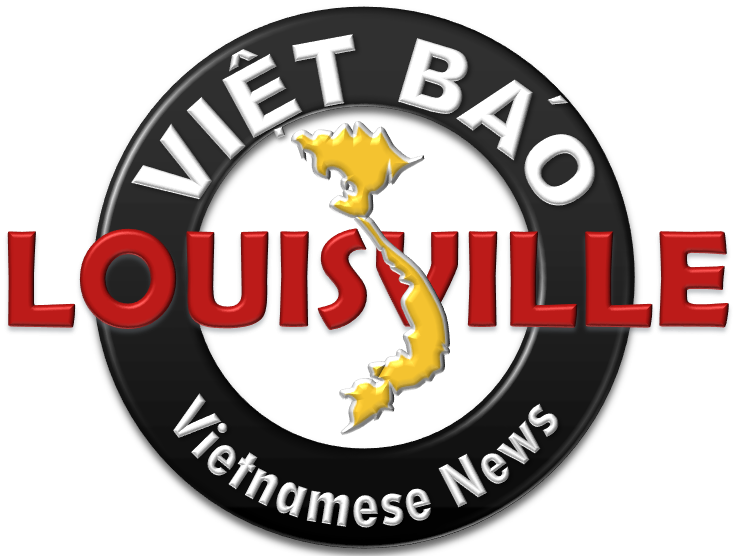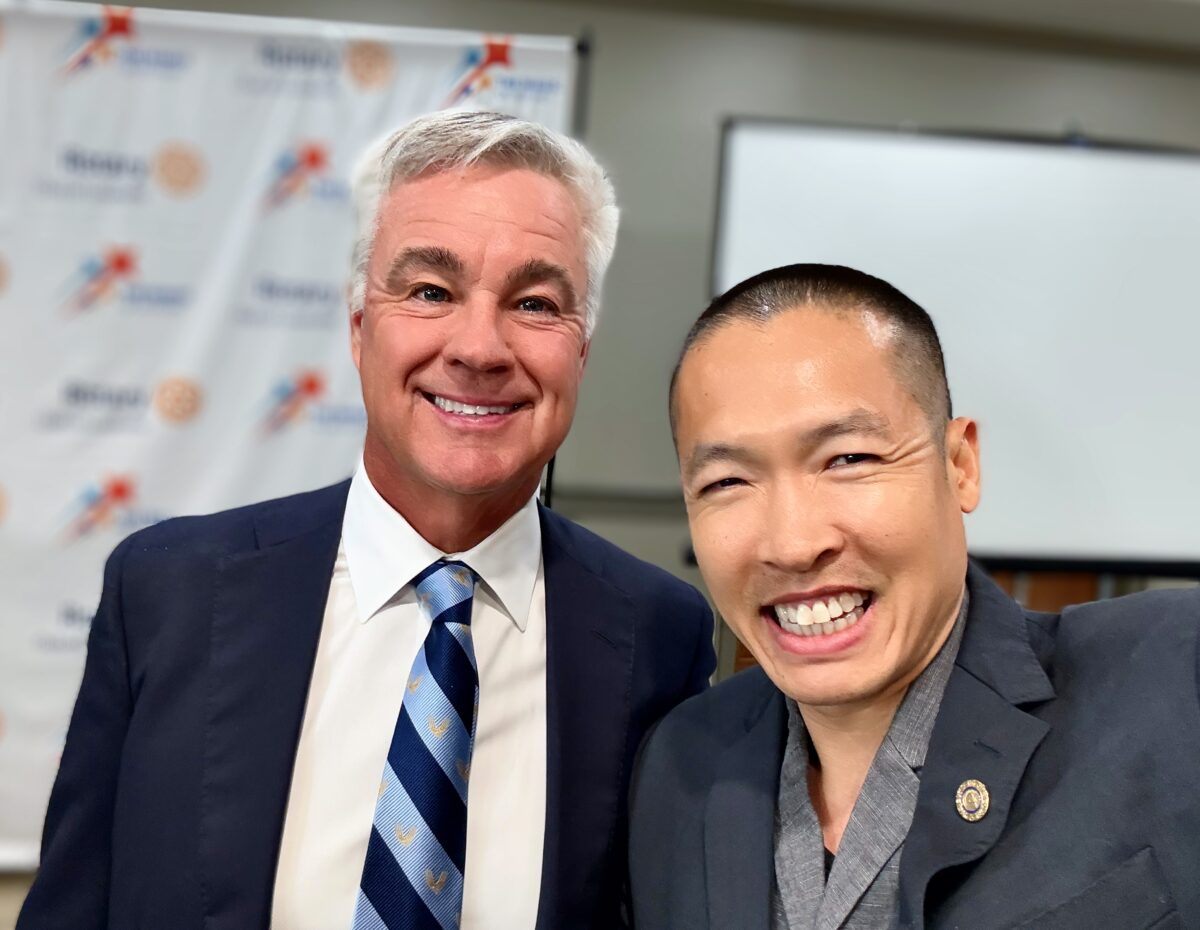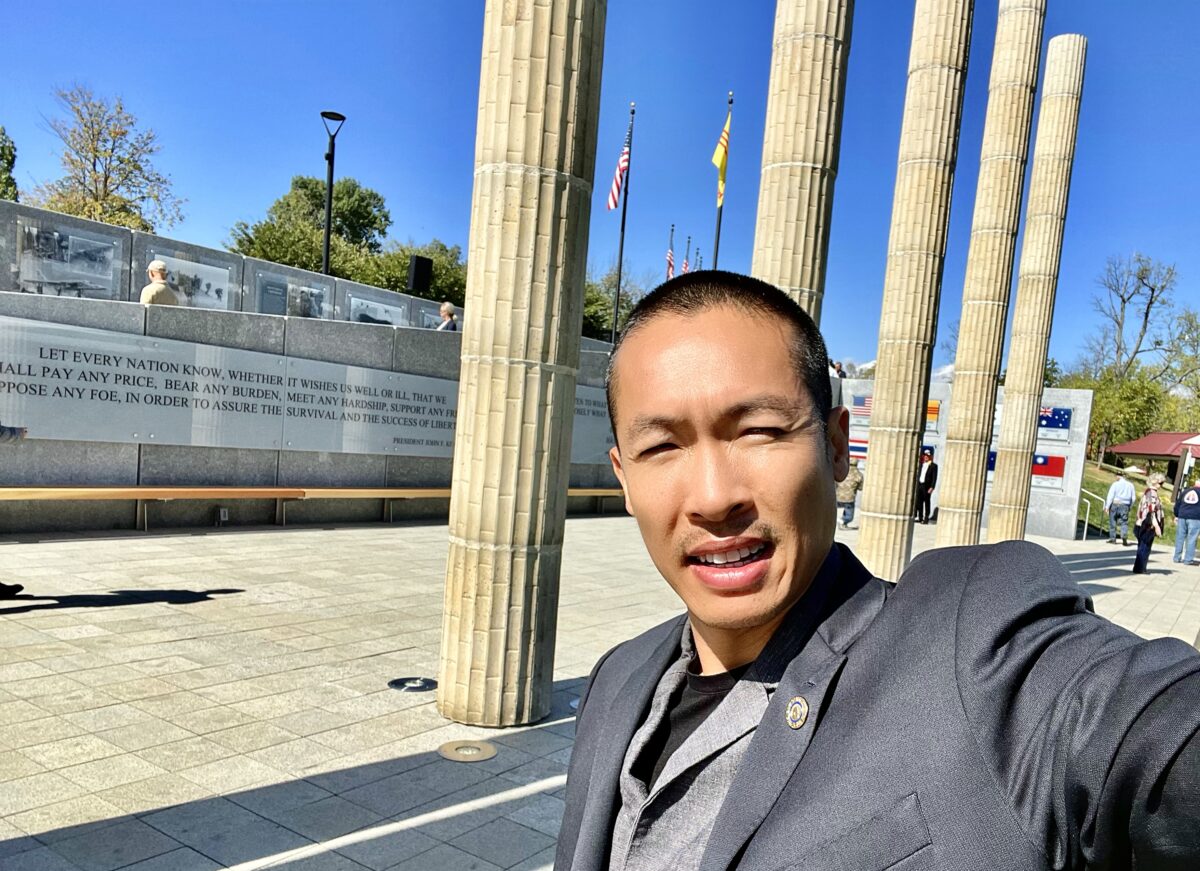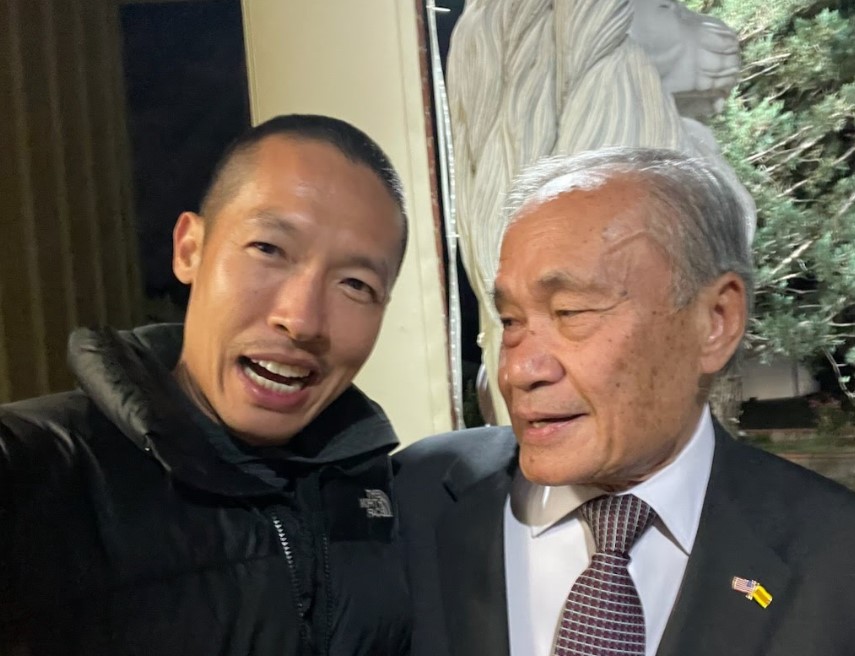At a recent Rotary Club of Louisville luncheon, local leaders and business professionals gathered to hear from one of Kentucky’s most impactful business figures—Jimmy Kirchdorfer, Chairman and CEO of ISCO Industries. What unfolded was more than just a story about piping solutions; it was a reflection of how deep community roots, family values, and unwavering dedication to a hometown can create a lasting legacy.
Jimmy Kirchdorfer grew up in Louisville, educated in its Catholic school system, surrounded by a close-knit family and a strong sense of responsibility. Over time, he helped transform a small, family-run business into a global leader in high-density polyethylene piping, all while remaining grounded in the very city that shaped him. Despite ISCO’s national reach, Kirchdorfer never left behind his Louisville identity—instead, he doubled down on it.
His civic contributions reflect that commitment. In 2022, he led a local investment group in purchasing Valhalla Golf Club, bringing it back into Louisville hands. Since then, the venue has been slated to host major events like the 2024 PGA Championship and the 2028 Solheim Cup. These milestones aren’t just about sports—they’re about pride in place, and about giving Louisville a place on the national stage.
One of the many attendees deeply moved by Kirchdorfer’s message was Di Tran, a Louisville-based entrepreneur and educator. Tran, himself a product of Catholic schooling and a longtime advocate for community-focused development, saw in Kirchdorfer’s words a reflection of his own journey.
Di Tran came to the U.S. as an immigrant, working from a young age to help support his family. Through determination and a deep love for the city, he went on to found multiple businesses—including Louisville Beauty Academy and the New American Business Association Inc.—aimed at empowering working adults, immigrants, and aspiring entrepreneurs. His work in vocational education and small business development has helped thousands gain licenses, jobs, and purpose.
Listening to Kirchdorfer speak, Tran said he felt both inspired and reassured. For many small business owners, the road is often isolating and uncertain. But seeing someone who built success without ever disconnecting from his city or his values reminded Tran that building a legacy doesn’t require leaving home—it requires growing where you’re planted.
“Jimmy represents what many of us hope to become,” Tran reflected afterward. “Not just successful in business, but deeply woven into the fabric of the city that raised us. His example reminds me to keep learning, keep serving, and keep loving Louisville—because this city has given me everything.”
Through different industries and backgrounds, both Kirchdorfer and Tran share a common mission: to lift up their city through service, opportunity, and a deep, abiding belief that community is the most powerful foundation for growth. Their stories are testaments to what’s possible when success and humility walk hand in hand—and when business becomes a vehicle not just for profit, but for purpose.



